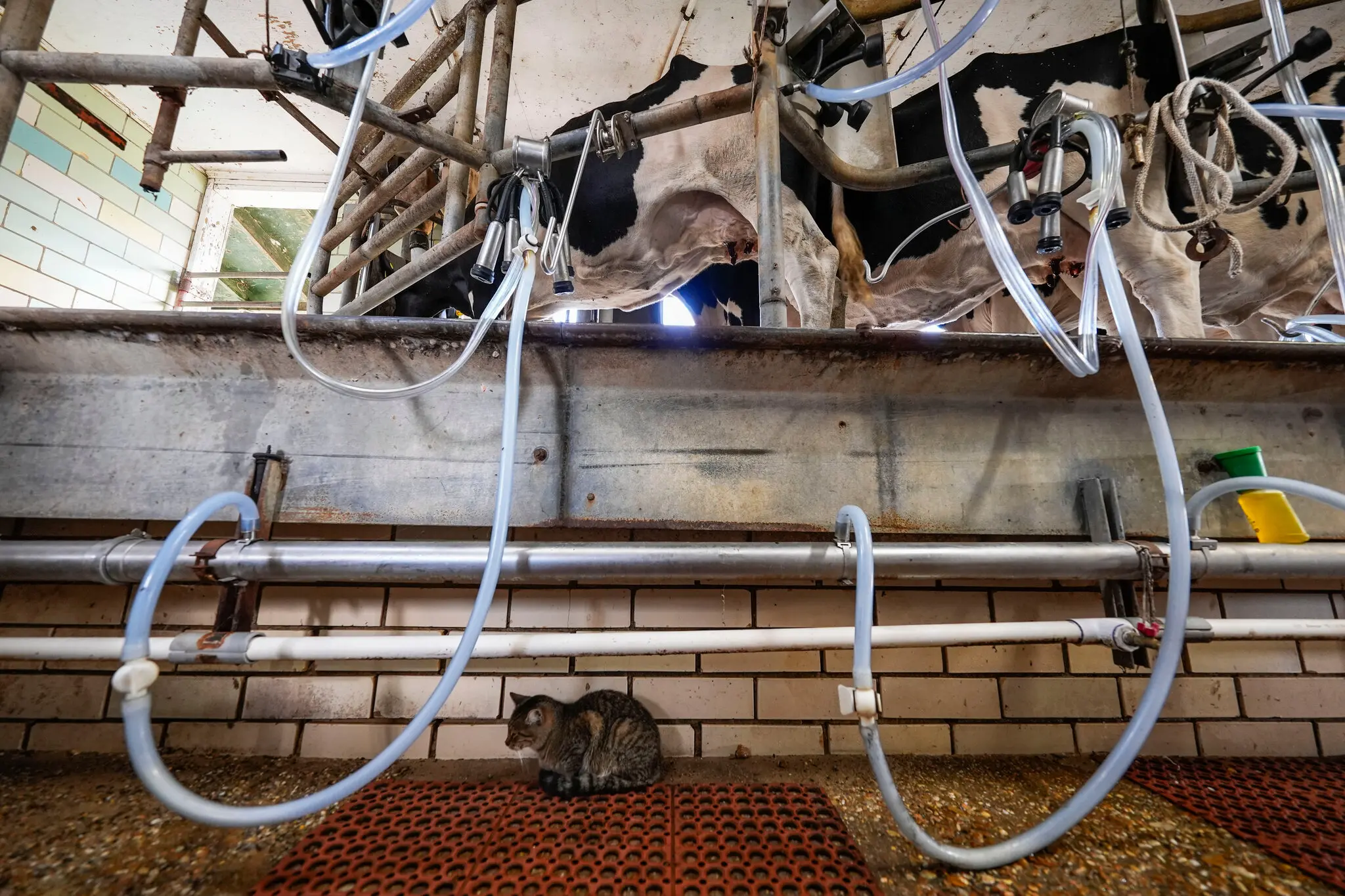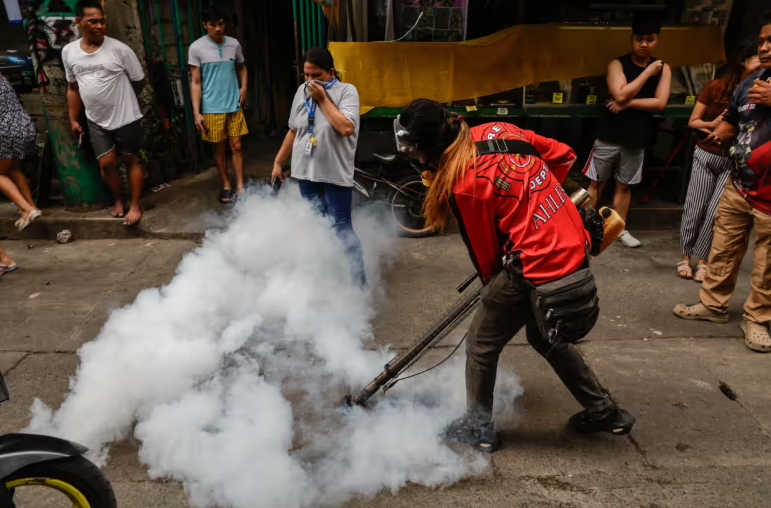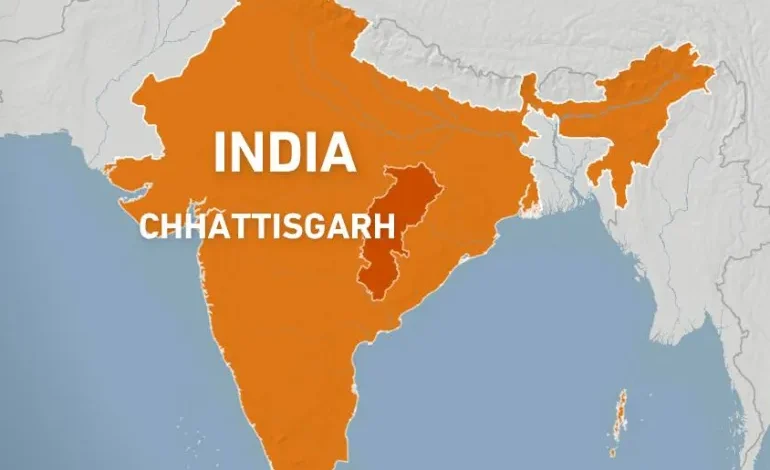At least 31 suspected Maoist rebels have been killed in a major operation by Indian security forces in the forests of Chhattisgarh, a central state of India, Al Jazeera reports, citing the police.
The encounter marks the largest clash this year between government forces and the insurgents.
The gun battle, which occurred in the Indravati area of Chhattisgarh, also resulted in the deaths of two security personnel and injuries to two others.
According to state police Inspector General Pattilingam Sundarraj, hundreds of police and paramilitary soldiers launched the operation based on intelligence indicating a significant gathering of Maoist rebels in the area’s dense forests.
A police statement confirmed that automatic weapons and grenade launchers were recovered from the scene.
The Maoist rebels, also known as Naxals, adhere to a communist ideology inspired by the late Chinese leader Mao Zedong. For decades, they have waged a guerrilla war against the Indian government, particularly in central and eastern India, resulting in periodic clashes and casualties on both sides.
According to police officer Jitendra Yadav, Sunday’s fighting is the most significant encounter so far this year and the second major clash in Chhattisgarh in less than a month. On January 23, at least 16 rebels were killed in the state’s Gariband district. Indian officials stated that the government had issued rewards totaling approximately $345,000 for 12 of those killed. On January 31, eight rebels were also killed in a gun battle with soldiers in the Bijapur district.
New Delhi has deployed tens of thousands of soldiers in a region known as the “Red Corridor,” a swathe of territory affected by Maoist insurgency. Government data indicates that the crackdown has resulted in the deaths of approximately 287 rebels in the past year, with the majority of these deaths occurring in Chhattisgarh.
Indian soldiers have been engaged in conflict with Maoist rebels since 1967. The rebels initially began fighting to demand increased access to jobs, land, and wealth derived from natural resources for the country’s impoverished Indigenous communities.
Years of neglect have isolated many locals, creating a vacuum that the rebels have exploited. Many Indigenous communities face a lack of jobs, schools, and clinics, making them susceptible to the rebels’ promises of a better future, particularly in Chhattisgarh, one of India’s poorest states despite its significant mineral wealth.
The rebels have employed tactics such as ambushing police, destroying government offices, abducting officials, blowing up train tracks, attacking prisons to free their comrades, and stealing weapons from police and paramilitary warehouses to arm themselves.








